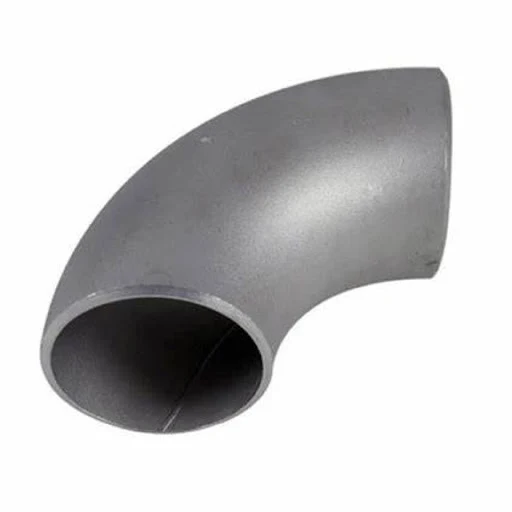Stainless steel elbows are essential pipe fittings designed to change the direction of flow in a piping system. They are widely used across various industries due to their strength, durability, and corrosion resistance. Here's a breakdown of their key features:
Material:
* Primarily manufactured from austenitic stainless steel grades, such as 304, 304L, 316, and 316L.
* These grades contain chromium and nickel, which provide excellent corrosion resistance.
* 304/304L is the most common and economical choice for general applications.
* 316/316L offers enhanced corrosion resistance, especially in chloride environments, making it suitable for marine and chemical processing applications.
Types:
90-Degree Elbows: These are the most common type, creating a 90-degree change in the flow direction.
* 45-Degree Elbows: Used for less abrupt changes in direction, creating a 45-degree bend in the pipeline.
* 180-Degree Elbows (Return Elbows): Used to reverse the flow direction in a pipeline.
* Long Radius Elbows: Have a center-to-end distance that is 1.5 times the pipe diameter, providing a smoother flow transition.
* Short Radius Elbows: Have a center-to-end distance equal to the pipe diameter, used when space is limited.
Manufacturing Processes:
* Seamless Elbows: Manufactured from a single piece of stainless steel tubing, offering superior strength and pressure resistance.
* Welded Elbows: Made by joining two or more pieces of stainless steel, typically used for larger diameter elbows.
Standards and Specifications:
* Stainless steel elbows are manufactured to various international standards, including ASTM A403, ASME B16.9, and ASME B16.28.
* These standards ensure quality, consistency, and compatibility across different manufacturers.
Applications:
* Plumbing and Piping Systems: Used in residential, commercial, and industrial plumbing systems to change the direction of water or gas flow.
* Industrial Processes: Employed in various industries, including oil and gas, chemical processing, pharmaceuticals, and food and beverage, to transport fluids and gases.
* HVAC Systems: Used in heating, ventilation, and air conditioning systems to connect ductwork and change airflow direction.
* Manufacturing and Fabrication: Used in the construction of machinery, equipment, and other structures.
Key Properties:
* Corrosion Resistance: Excellent resistance to rust, corrosion, and oxidation.
* High Strength and Durability: Can withstand high pressures and temperatures.
* Hygiene and Cleanliness: Easy to clean and sanitize, making it suitable for hygienic applications.
* Temperature Resistance: Maintains strength and integrity at high temperatures.
* Wide Range of Sizes and Configurations: Available in various sizes, angles, and radius types to suit different applications.
When selecting stainless steel elbows, consider the application requirements, including the operating environment, pressure and temperature ratings, corrosion resistance needs, and the desired flow path.

